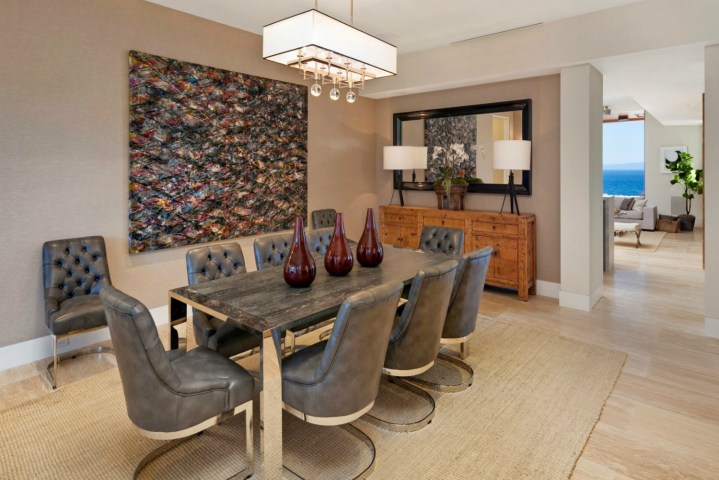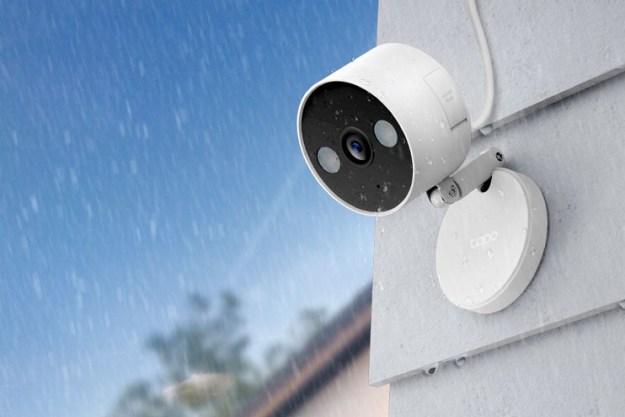
Colloquially referred to as “HaLow” and defined as an extension of the upcoming 802.11ah standard, the new wireless operates on the unlicensed 900MHz band. Theoretically, it can cover an area twice as large as the 2.4GHz networks you’ve likely got at home, and can more easily penetrate thick and layered walls. Perhaps most significantly, HaLow uses dramatically less power than conventional Wi-Fi — an important trait for connected thermostats, motion sensors, and locks that depend on compact batteries for power.
HaLow’s low power requirements are thanks to the way it operates. It doesn’t transfer data quickly, instead sending data in periodic, concentrated bursts. (Device makers can up the speed and frequency of transfer, but at the cost of battery). HaLow’s comparative efficiency has the Wi-Fi Alliance envisioning use cases far beyond smart home appliances and security cameras. Eventually, the alliance sees the new wireless spec supplanting, or at least complementing, Bluetooth in wearables such as fitness trackers and smartwatches.
“HaLow [could play] a large role in the [Internet of Things],” Wi-Fi Alliance marketing chief Kevin Robinson told The Verge. “HaLow will provide similar characteristics in terms to [sic] battery life to technologies that are out there today.”
HaLow’s rollout will likely be prolonged — the Wi-Fi Alliance won’t begin certifying HaLow products until sometime in 2018 — but when products do begin to hit store shelves, most will be tri-band, leveraging the newly designated 900MHz spectrum but retaining support for existing 2.5GHz and 5GHz access points. But compatibility’s a one-way street — laptops and smartphones with current-generation networking chips won’t interface.
Despite what’s likely to be a slow rollout and the need for updated chips, Wi-Fi Alliance CEO Edgar Figueroa’s convinced HaLow, just like the many wireless standards that the consortium’s approved before it, will one day reach ubiquity. “HaLow is well suited to meet the unique needs of the smart home, smart city, and industrial markets,” he said in a statement. “HaLow expands the unmatched versatility of Wi-Fi to enable applications from small devices to large-scale industrial facility deployments and everything in between.”
Editors' Recommendations
- Smart homes without Wi-Fi: Huge possibilities or roadblocks?
- WiCharge’s PowerPuck can power your smart home devices through the air


